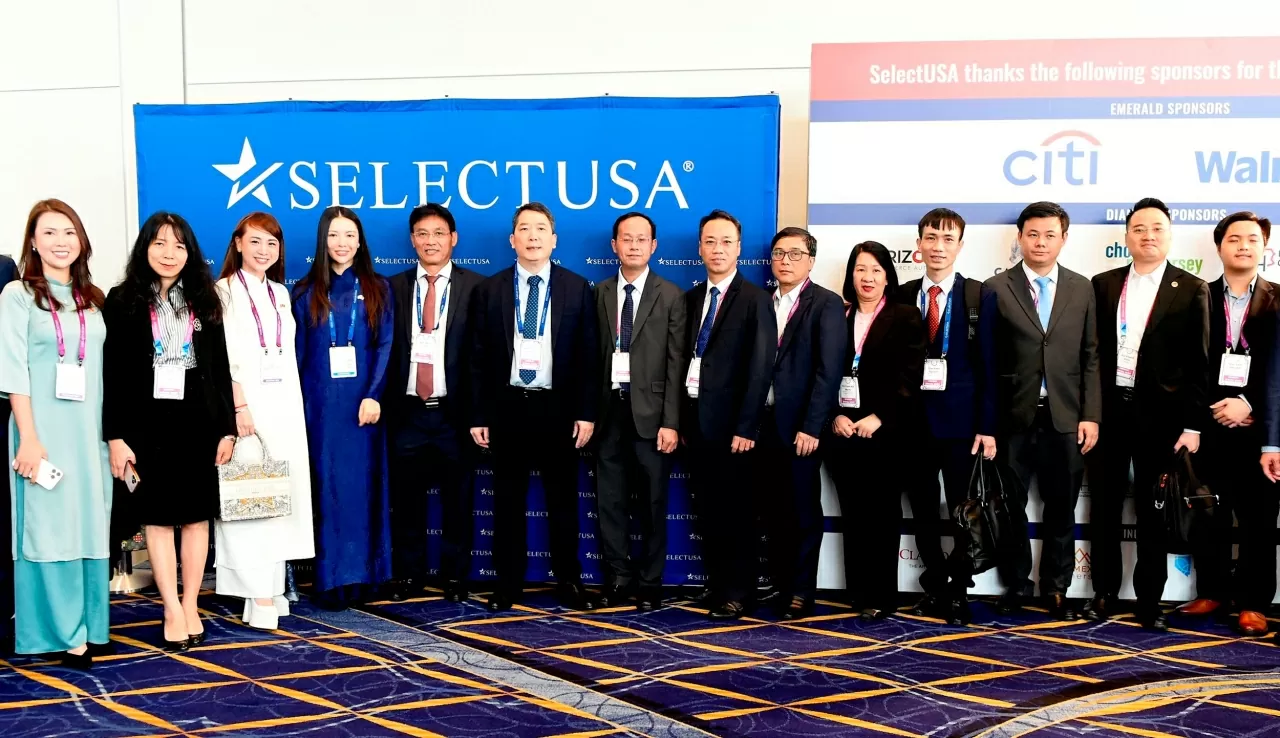 |
| The Vietnamese delegation attended the SelectUSA 2025 Investment Summit in the United States from May 11-14. (Photo: DBND) |
Could you please evaluate the outstanding pillars in Vietnam - US cooperation in recent times and new areas of cooperation in the new development trend?
There are many pillars of cooperation in the bilateral relationship, because the bilateral relationship has developed widely in all fields over the past 30 years. But clearly, the most prominent pillar is economic cooperation. Vietnam is currently the 8th largest trading partner of the United States and the United States is Vietnam's largest export market. Currently, there are many large investments from US businesses in Vietnam, and in turn, we are seeing more and more Vietnamese investors expanding their operations to the US market.
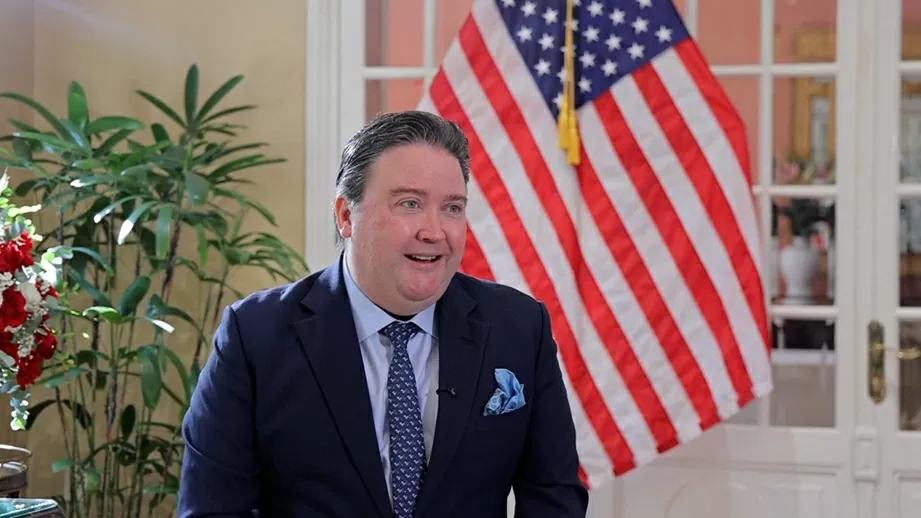 |
| US Ambassador to Vietnam Marc Knapper speaks to the press on the occasion of the 30th anniversary of bilateral relations on July 8. (Photo: Nhat Hong) |
Last May, we hosted the SelectUSA Investment Summit, which was attended by more than 100 delegates from Vietnam – the largest Vietnamese business delegation ever. I led the delegation along with the Deputy Minister of Finance . This clearly reflects the interest of Vietnamese businesses in investing in the United States. This is just one example of the deep and strong economic cooperation between our two countries today.
Another important pillar is educational cooperation. Vietnam is the sixth largest source country for international students in the United States, with approximately 30,000 students currently studying there. Including short-term programs such as summer camps, semester exchanges, and homestay programs, the total number of Vietnamese who have been exposed to the U.S. education system is an impressive 300,000.
We are also working to bring more American students, faculty, and researchers to Vietnam. Last April, a delegation of 21 American universities visited Vietnam. To date, 20 of them are actively discussing cooperation with higher education institutions in Vietnam.
Health cooperation has also become an important pillar. We first partnered with Vietnam through the PEPFAR program to treat HIV/AIDS in 2005, then expanded to tuberculosis and more recently to Covid-19. During the pandemic, when the United States was short on medical supplies, Vietnam provided masks and protective gear. Then, when Vietnam needed help, the United States provided 44 million doses of the Pfizer vaccine. Fortunately, the pandemic has passed, but efforts in health cooperation and disease surveillance will remain key to responding to future pandemics. Today, the United States and Vietnam are strong partners in health.
I could give many more examples, but these alone show the depth and diversity of the relationship between the two countries. We wish to continue to be Vietnam’s partner in the high-tech sector, from investment, trade, research cooperation, production to technology transfer. Leading US corporations such as Intel, Nvidia, Marvell, Synopsys... are all actively operating in Vietnam as you build your own high-tech ecosystem.
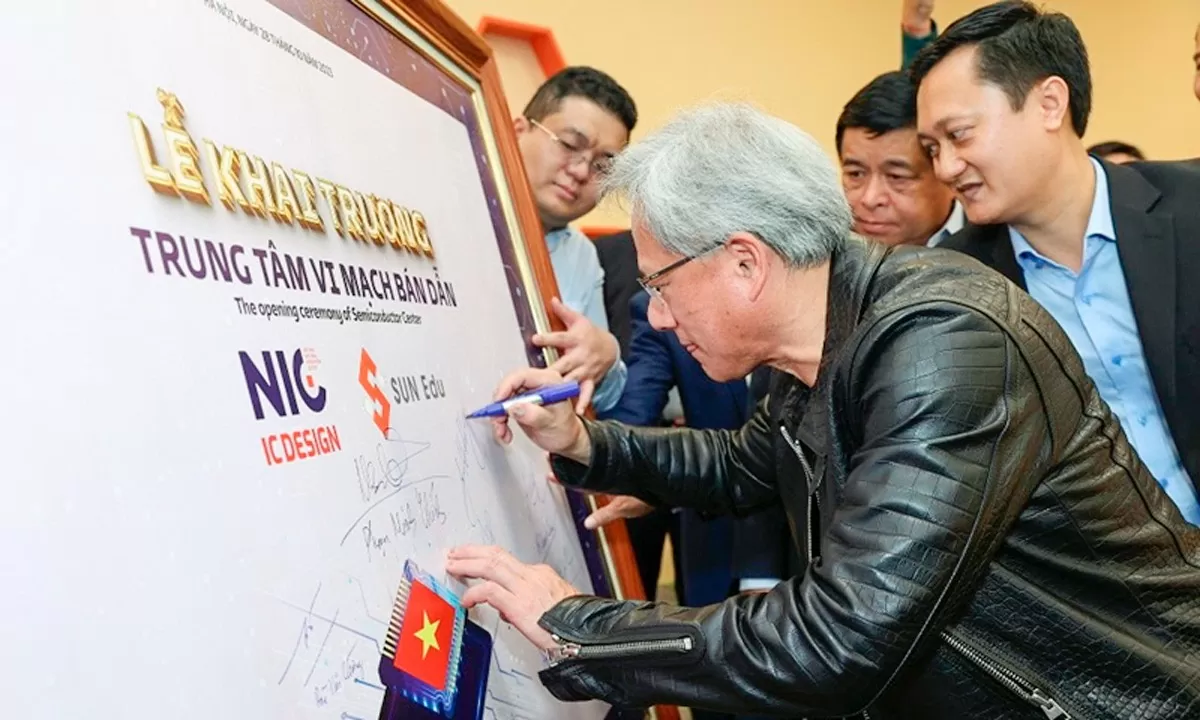 |
| Nvidia CEO Jensen Huang signs a plaque at the newly established Semiconductor Center in Vietnam during his visit to Vietnam in December 2023. (Photo: VNE) |
How are Vietnam and the United States cooperating in the field of semiconductor technology and how can Vietnam become a technology hub in the future, Ambassador?
I would like to recall the September 2023 Joint Statement between US President Joe Biden and General Secretary Nguyen Phu Trong during the State visit to Vietnam, a historic milestone, signifying a “double upgrade” in bilateral relations. In the Joint Statement, high-tech cooperation, especially semiconductors, is a central content.
Both sides recognize Vietnam’s potential to move up the global value chain, particularly in high-tech manufacturing. At the government level, we are working to support US universities such as Arizona State University to develop high-tech curricula – including semiconductors – with educational institutions in Vietnam. Purdue University and Portland State University (in partnership with Intel) are also implementing educational initiatives in Vietnam.
US businesses are also actively participating in training and improving skills for the Vietnamese workforce to meet the human resource needs of semiconductor factories or microchip design facilities.
Many leaders of major technology corporations have visited Vietnam, such as Apple CEO Tim Cook, Nvidia CEO Jensen Huang. Our leading semiconductor corporation Qualcomm also recently announced a partnership with VinAI – a strong development in the connection between the Vietnamese and US AI communities. These movements reflect the sincere desire of the US to accompany Vietnam on the path to becoming a high-tech center of the region and the world.
We also strongly support the bold and visionary decision of the Vietnamese Government to adopt English as the second official language in the education system. This opens up many new doors in the fields of education and technology. We are ready to accompany Vietnam in its efforts to improve language proficiency.
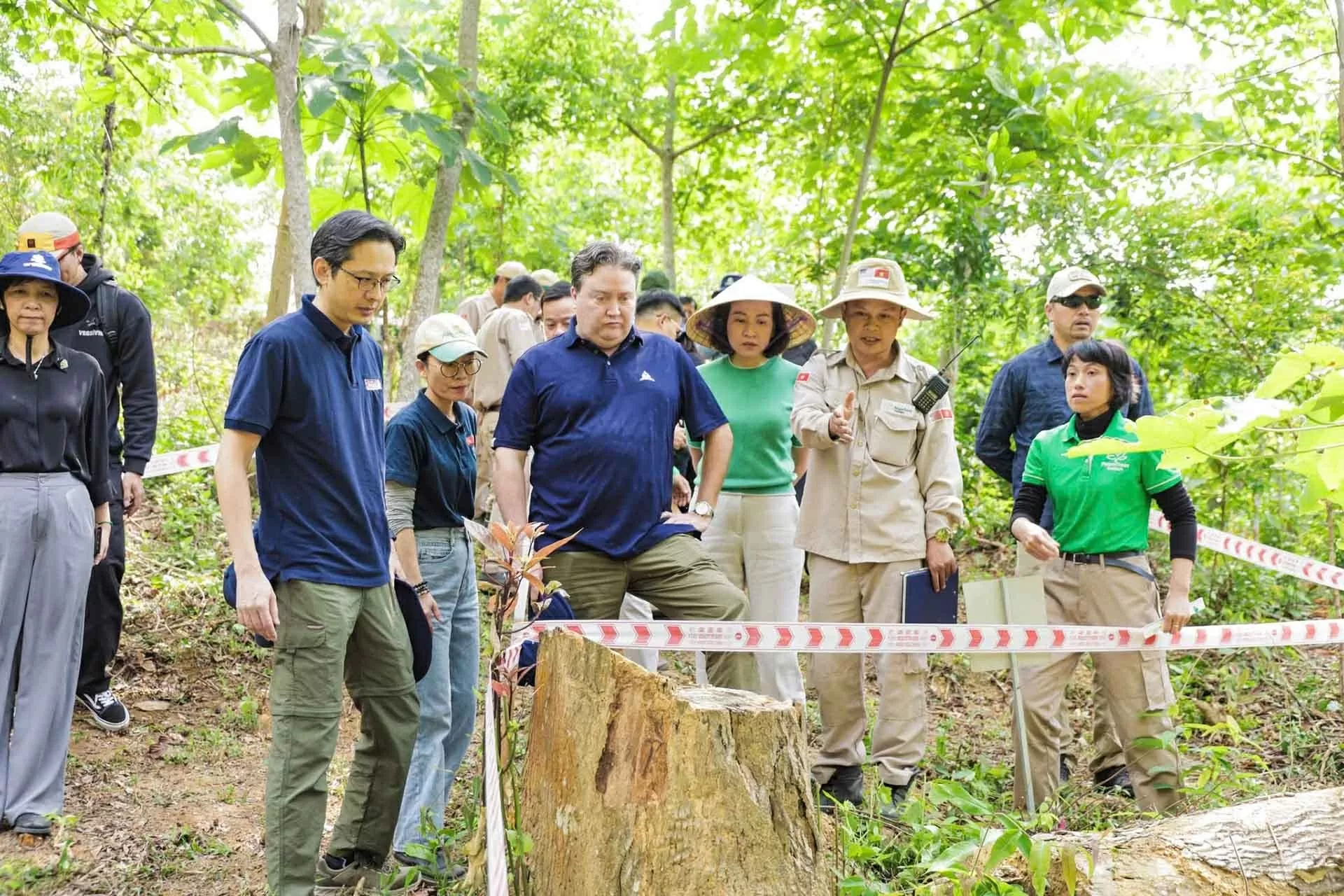 |
| US Ambassador Marc Knapper and Deputy Foreign Minister Do Hung Viet visited the site of cooperation in mine clearance and searching for US soldiers missing in action in Huong Hoa, Quang Tri, April 2025. (Photo: QT) |
In the context of many changes in the world, how does the Ambassador assess the current Vietnam-US relationship?
Over the past 30 years, we have seen a strong development in the relationship between our two countries, as well as an increase in trust and mutual understanding between the United States and Vietnam. I think both countries now clearly recognize that we have many common interests and goals.
It is true that the world is facing many challenges at present, but I feel that Vietnam and the United States share a desire to cooperate to solve those problems – from health (such as the Covid-19 pandemic, which the two countries have effectively coordinated to respond to), to many other issues.
In addition, we also work closely with Vietnam to combat cybercrime – a global problem where bad actors exploit cyberspace to cause harm and steal resources. Vietnam and the United States are working together at both the government and private sector levels to address new challenges of the 21st century. We also cooperate to prevent and combat transnational crimes such as human trafficking, drug trafficking, etc.
I worked in Vietnam 20 years ago and the most obvious change I feel is that now, the two countries have many areas of deep cooperation, where common goals strongly converge. And I am sure that this trend will continue and develop further in the future.
Currently, Vietnam is promoting many administrative reforms to promote investment. According to the Ambassador, how does this affect the future investment trend of the United States in Vietnam?
I think some of the steps that the Vietnamese Government has been taking recently will play a very important role in promoting investment, especially improving the speed of decision-making. One of the concerns of businesses is that licensing and approval sometimes takes too long.
Vietnam’s recent administrative reorganization will help create a more efficient apparatus for management and decision-making. At the same time, the Vietnamese government’s efforts to promote the role of the private sector and develop digital infrastructure are also factors that make Vietnam an even more attractive investment and trade destination.
Regarding Vietnamese investment in the United States, we always hope to see a more vibrant investment wave. As I mentioned, at the recent SelectUSA Conference, Vietnam had the largest delegation ever, including a large number of female entrepreneurs and investors. This is a very positive signal. We will continue to look for opportunities to further promote two-way investment.
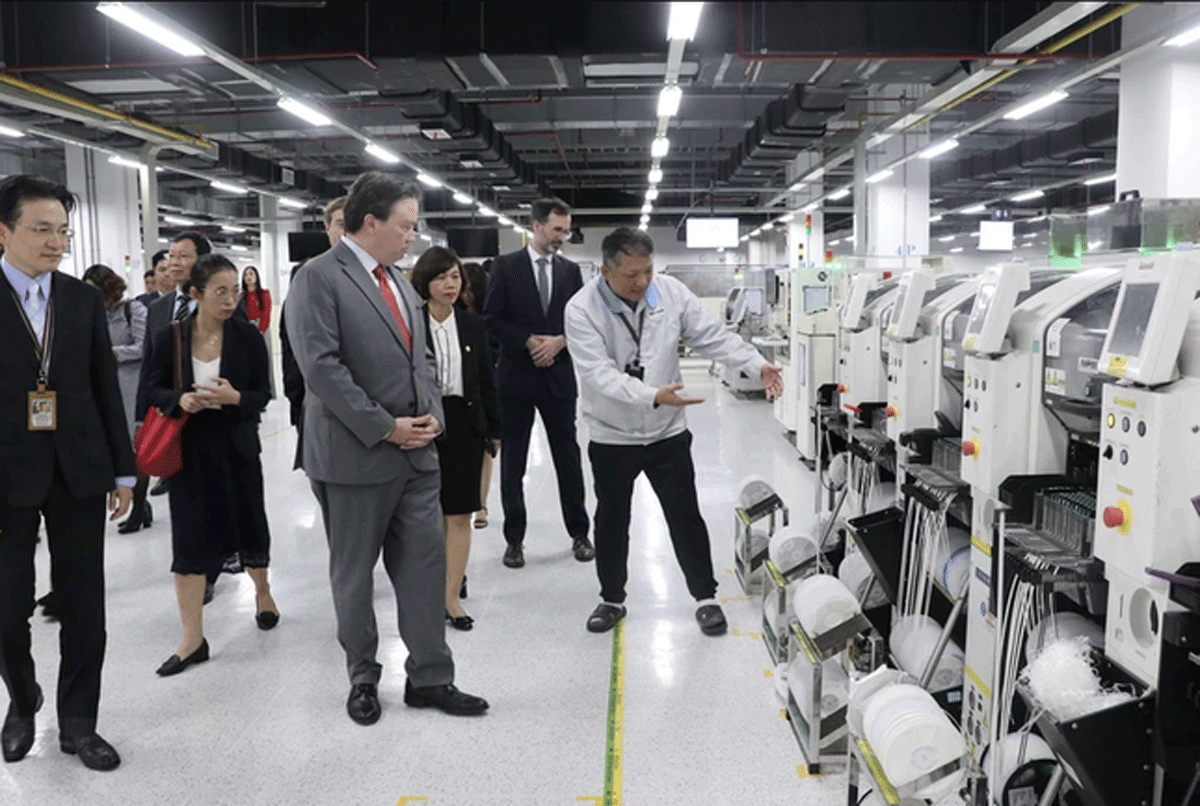 |
| US Ambassador Marc Knapper expects a wave of investment in Vietnam in the coming time. (Source: VNA) |
Regarding trade relations, the United States’ goal has always been to ensure a healthy and balanced trade relationship that benefits both countries and promotes shared prosperity. The United States government also wants to ensure that U.S. companies operating in Vietnam operate on a level playing field, while creating conditions for Vietnamese companies to succeed in doing business in the United States. We believe this will benefit consumers, workers, and business communities in both countries.
Vietnam has been proactive and active in discussions on tariffs and trade relations. General Secretary To Lam was one of the first foreign leaders to call President Donald Trump after the US leader announced the reciprocal tariff policy. The Vietnamese delegation's visit to work with US partners demonstrated Vietnam's proactiveness, responsiveness and positivity.
Last week, President Donald Trump and General Secretary To Lam continued to have a phone conversation. This reflects the very high level of commitment, as well as mutual respect in the relationship between the two countries.
Could the Ambassador share information about some of the US aid programs for Vietnam in the face of some recent changes in US Government policy?
As is customary with every new U.S. administration, we conducted a comprehensive review of foreign assistance programs—not just those of USAID, but also those of the State Department, the Department of Defense, and other federal agencies—to assess whether they promote American strength, prosperity, and security.
Many of the programs you mentioned are really important. So, despite a short pause, the programs have been restarted.
For example, efforts to clear unexploded ordnance – led by the U.S. State Department – have resumed. The search for and identification of missing U.S. service members is being led by the Department of Defense; the search for and identification of missing Vietnamese service members is a joint effort between the U.S. State Department and the Department of Defense.
The dioxin cleanup program – formerly run by USAID – has now been transferred to the U.S. State Department, including programs to assist people with disabilities affected by landmines or Agent Orange. All of these programs continue to be implemented.
Of course, the budget will be reviewed and allocated periodically each year. But we have received strong support from the US Congress and other stakeholders for maintaining these programs. So I expect and hope that these meaningful efforts will continue.
How does the Ambassador assess the importance of the Indo-Pacific strategy in the overall foreign policy of the United States?
The US Government is currently developing a new National Security Strategy, as well as regional strategies, including the Indo-Pacific strategy.
I cannot predict the specific content of those strategies, but it can be affirmed that US President Donald Trump has repeatedly emphasized the strategic importance of this region to the security and prosperity of the United States.
US Secretary of State Marco Rubio has also made this clear through specific statements and actions. On his first day in office, he held a meeting with the Foreign Ministers of Japan, India and Australia.
We also recently received information that Secretary of State Marco Rubio will travel to Kuala Lumpur, Malaysia this week to attend relevant meetings within the framework of the ASEAN Foreign Ministers’ Meeting – once again affirming the United States’ commitment to ASEAN as an important regional organization, as well as to member states like Vietnam.
I believe that the central role of the Indo-Pacific region in US strategy will continue to be clearly demonstrated in the coming time and you will see a deeper presence, commitment and cooperation from the US side in this region.
Thank you very much Ambassador!
Source: https://baoquocte.vn/american-academic-marc-knapper-nhung-buoc-di-moi-cua-chinh-phu-thuc-day-moi-truong-dau-tu-cua-viet-nam-320336.html



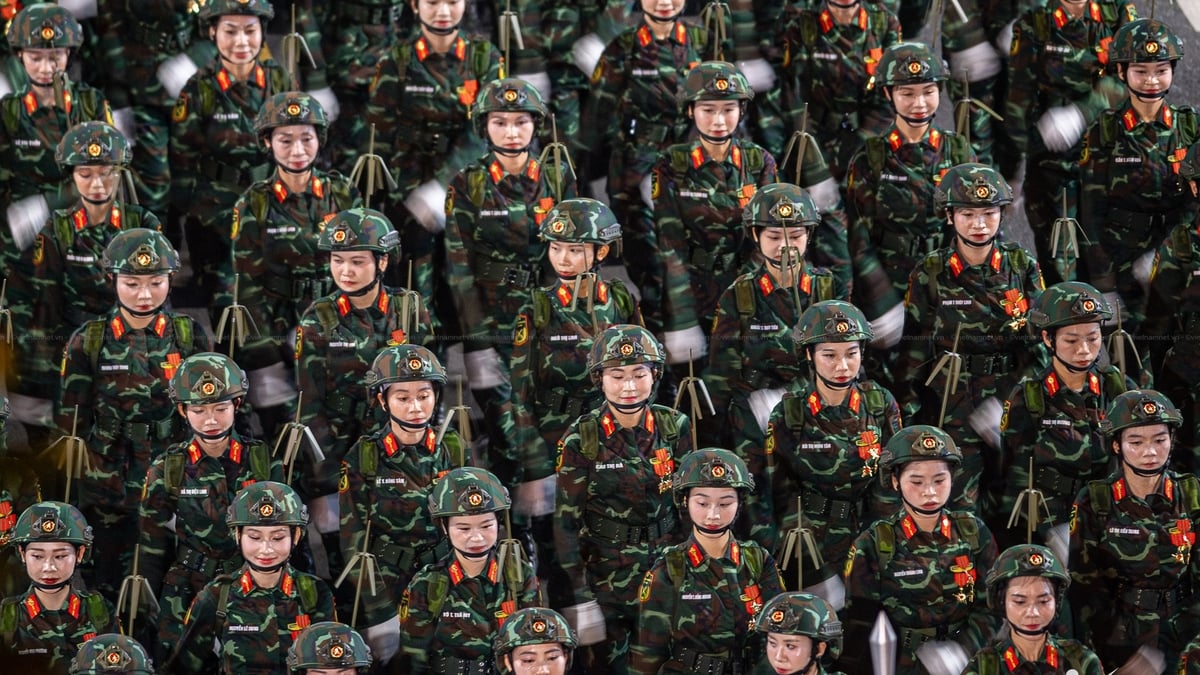
![[Photo] Exhibition “80 years of journey of Independence-Freedom-Happiness”: An inspirational meeting place for the young generation](https://vphoto.vietnam.vn/thumb/1200x675/vietnam/resource/IMAGE/2025/8/26/2aaef59beb604923b0f848f5c6311dbd)
![[Photo] General Secretary To Lam attends the 80th anniversary of Vietnam's diplomacy](https://vphoto.vietnam.vn/thumb/1200x675/vietnam/resource/IMAGE/2025/8/25/3dc715efdbf74937b6fe8072bac5cb30)
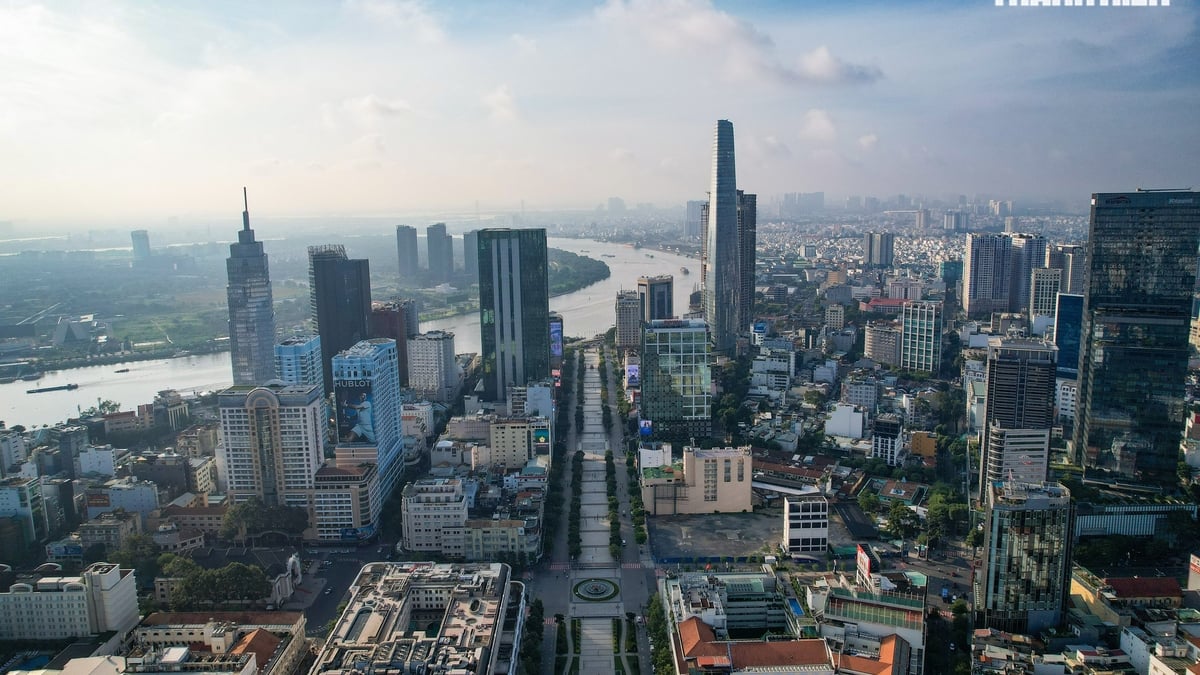
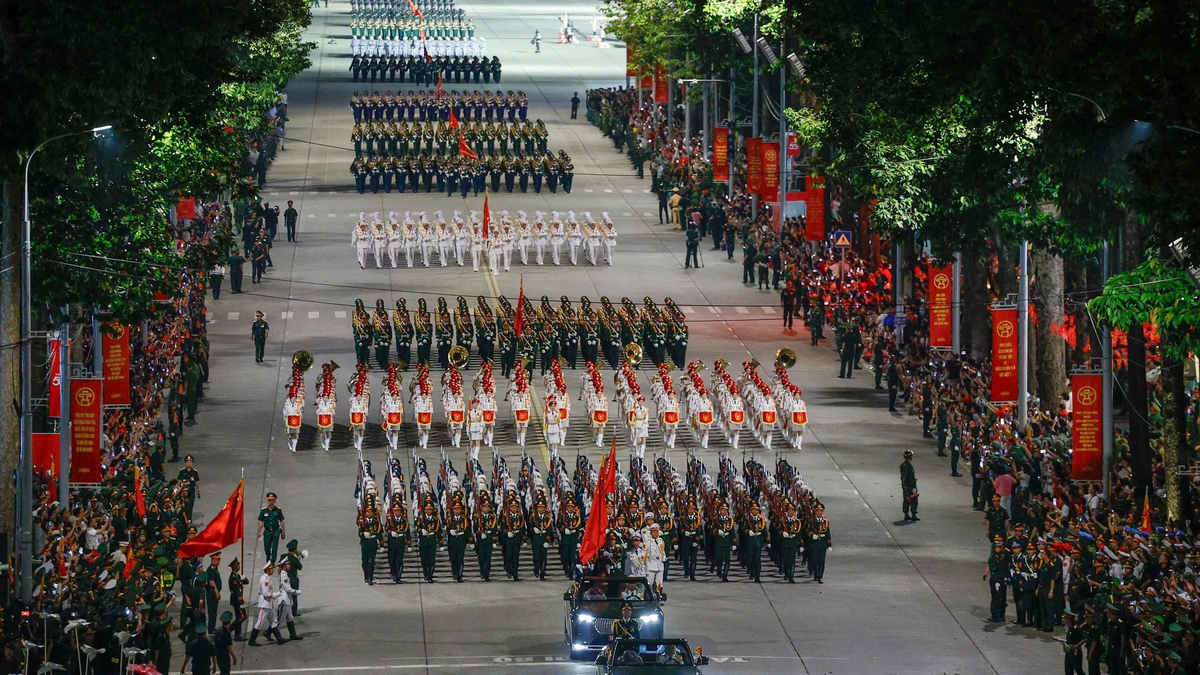
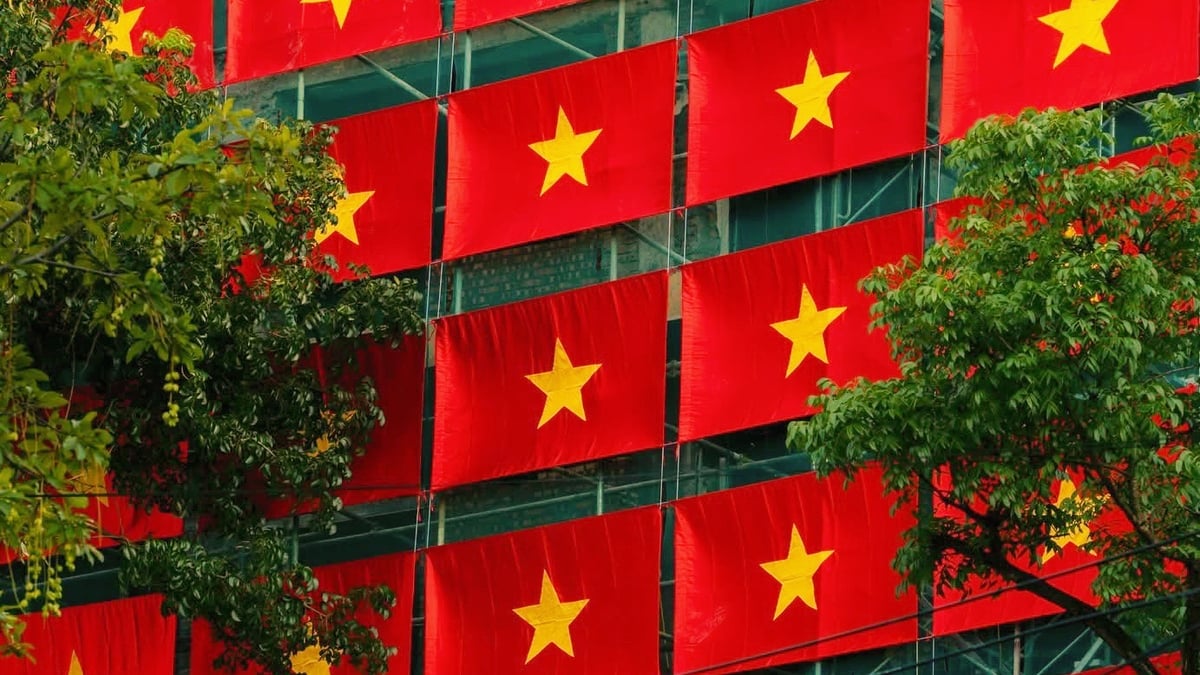
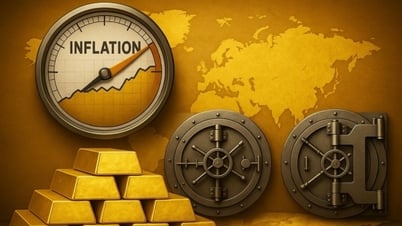
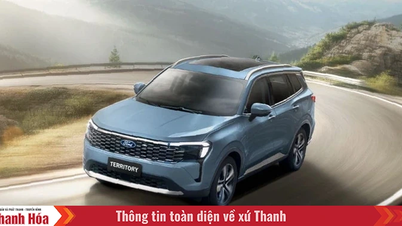









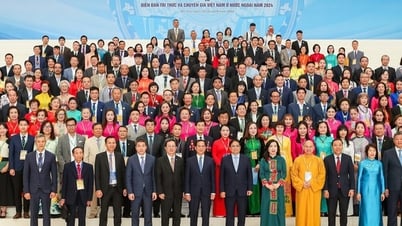


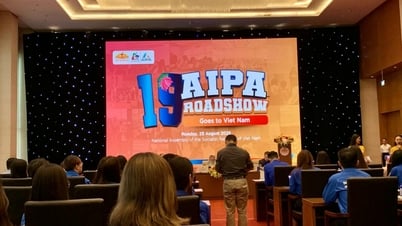
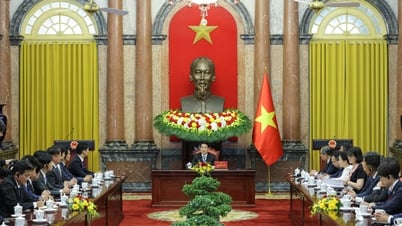


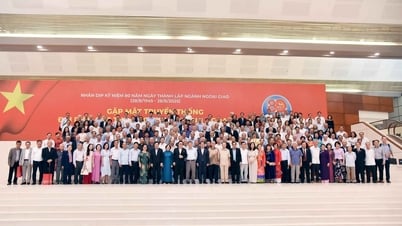


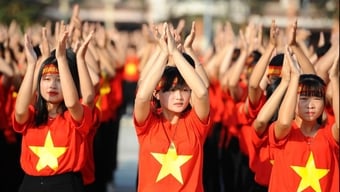
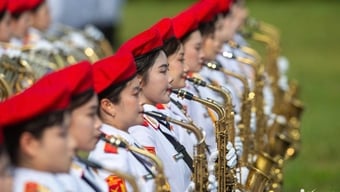
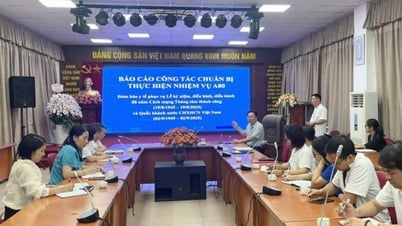
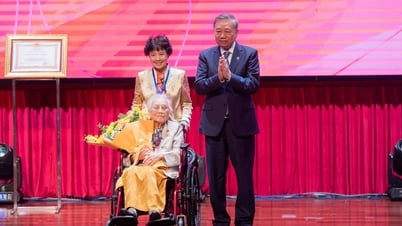
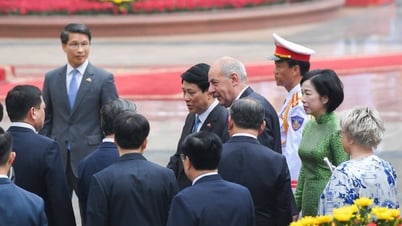
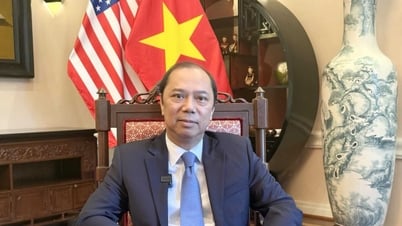
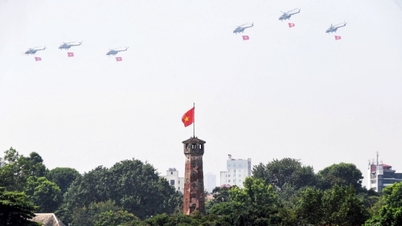
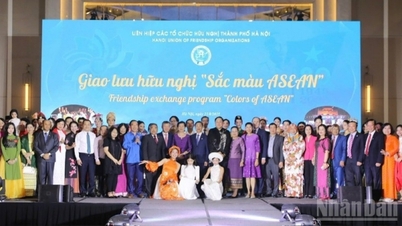
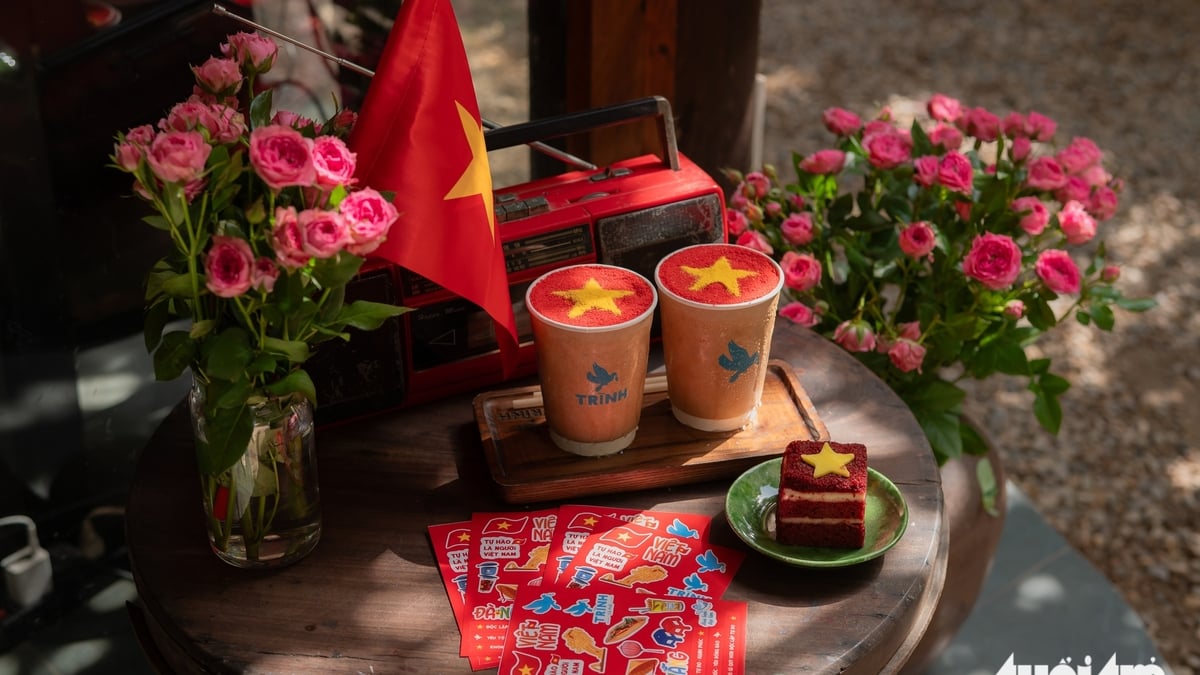

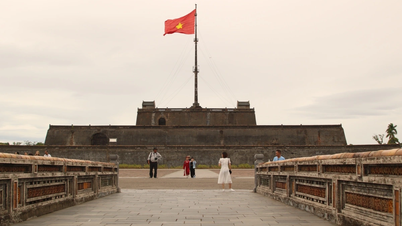

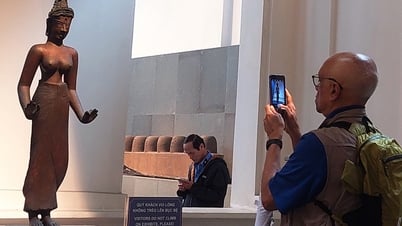

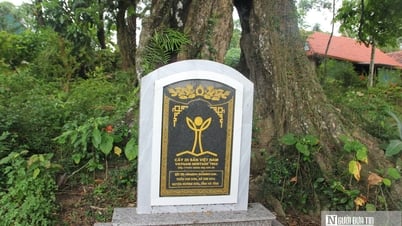



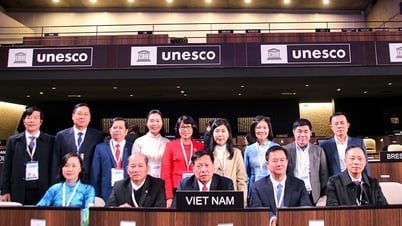

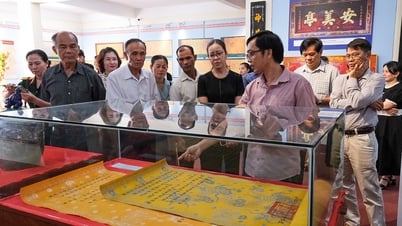

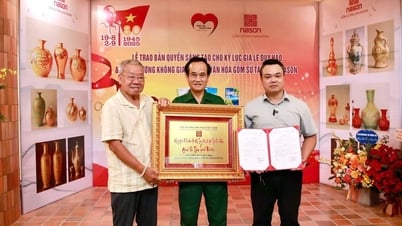

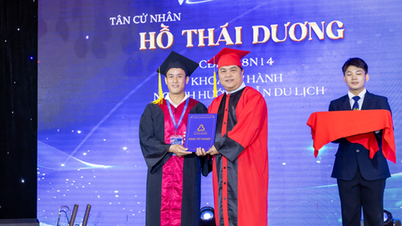

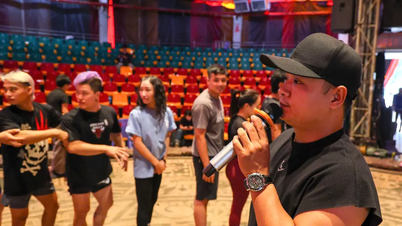


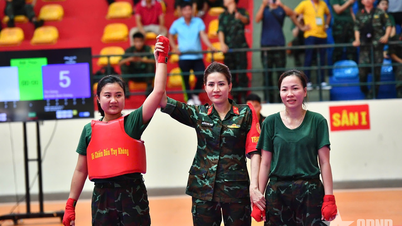

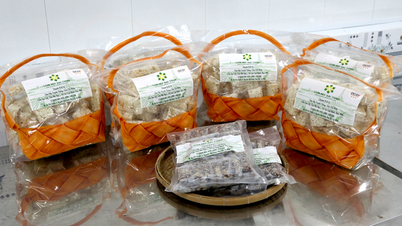

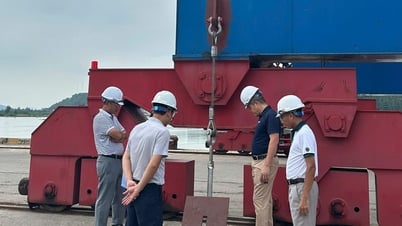
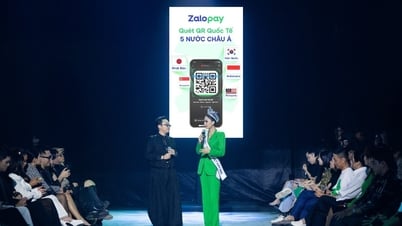

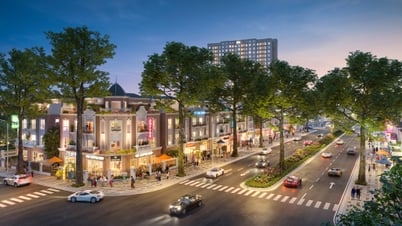
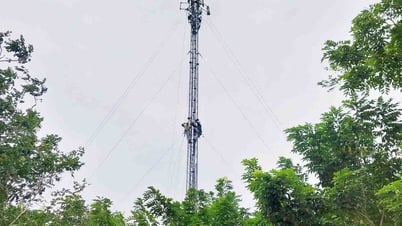
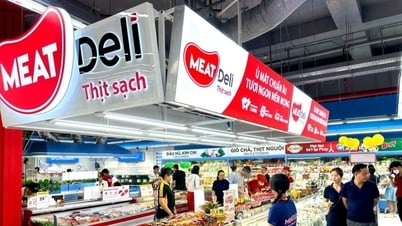
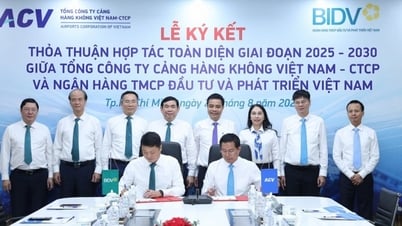
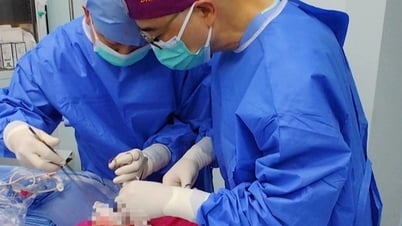


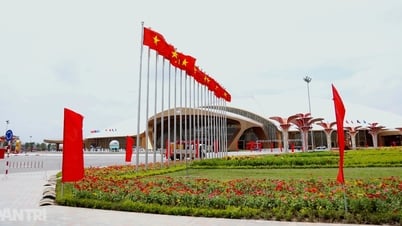


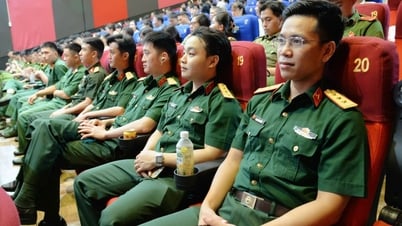

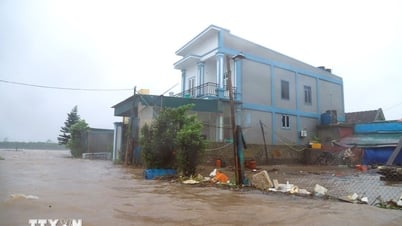

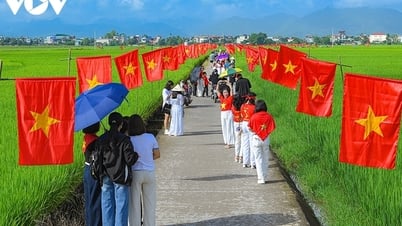

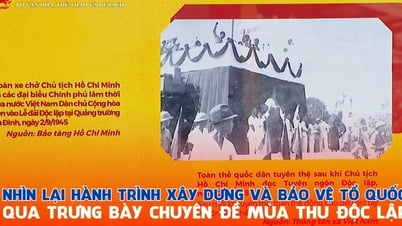
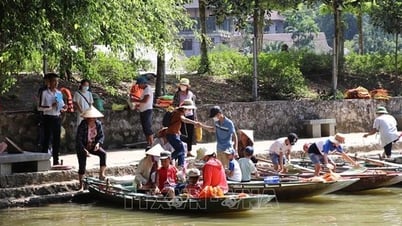
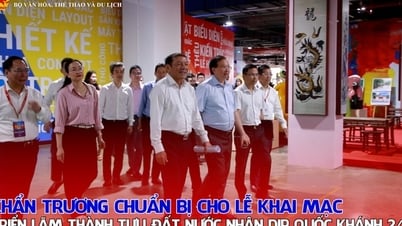
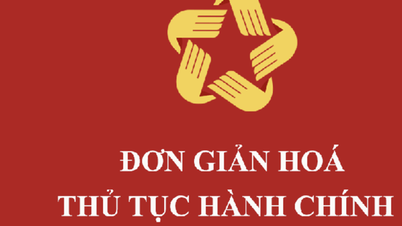
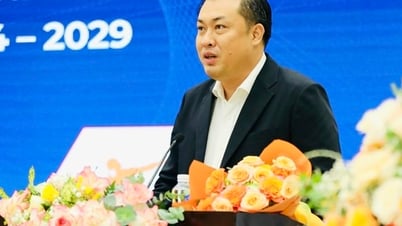
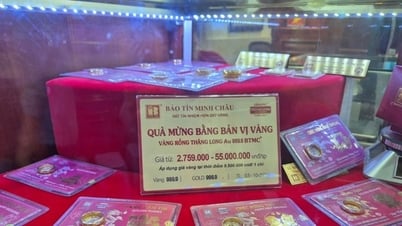

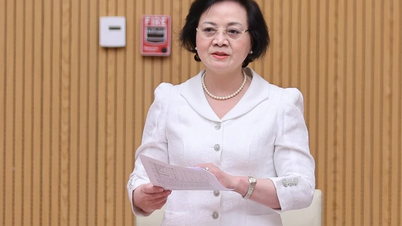

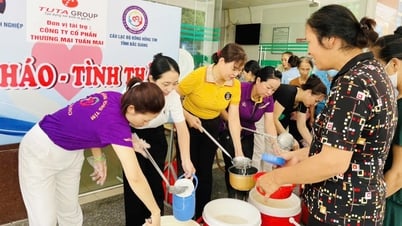

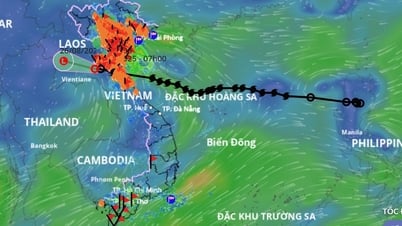

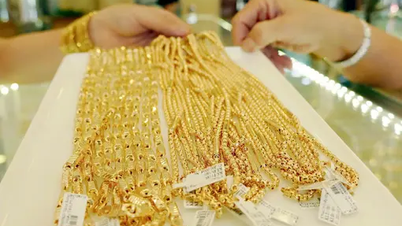

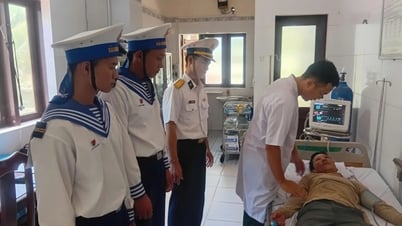

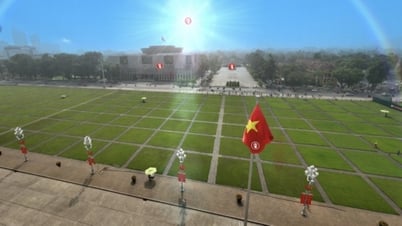


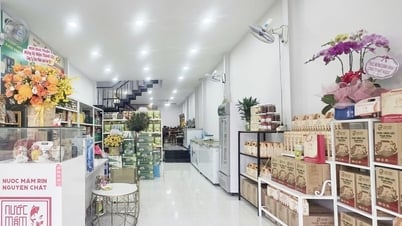

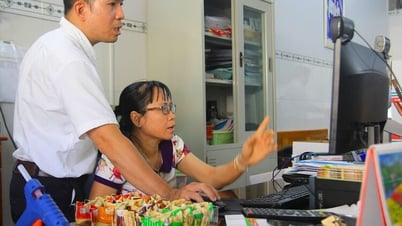



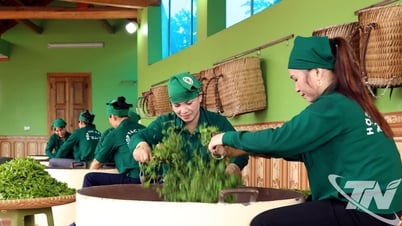


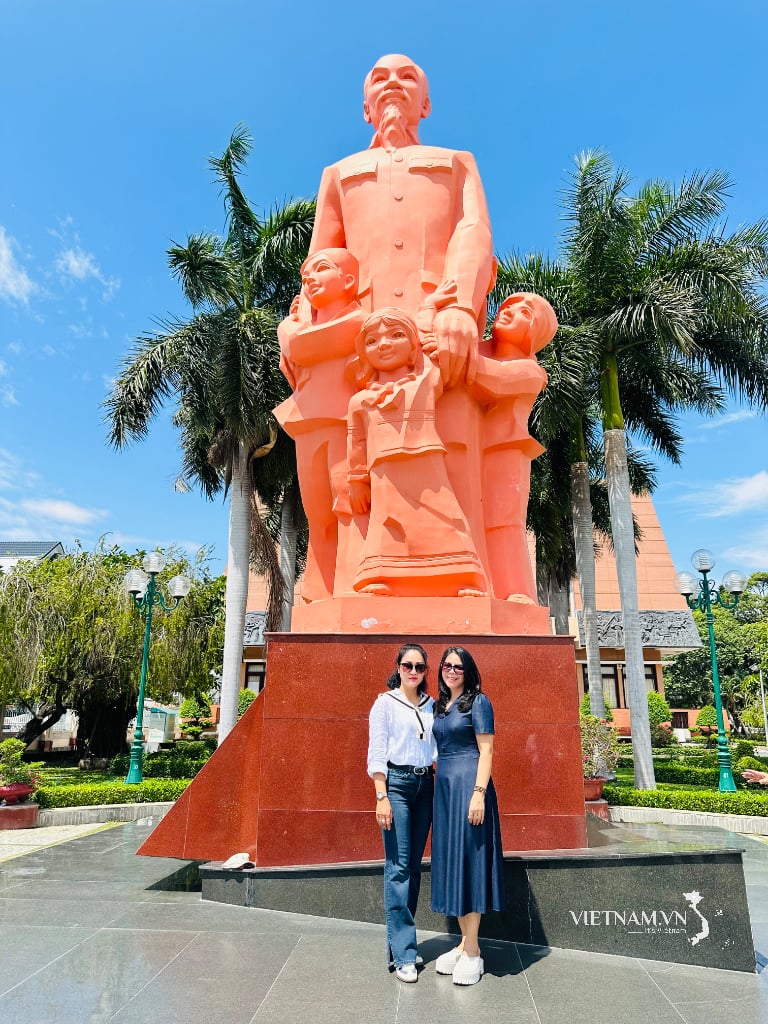


Comment (0)